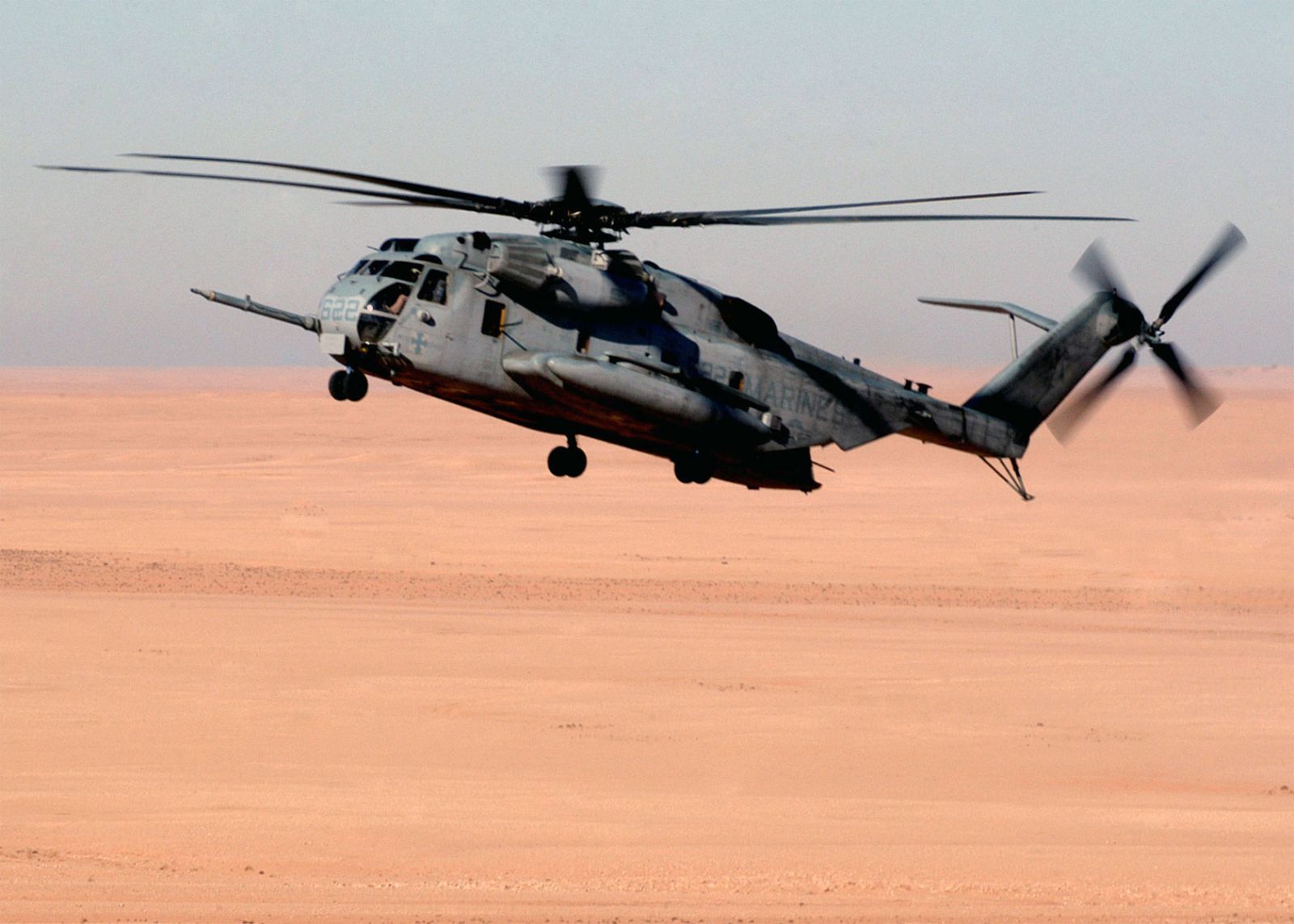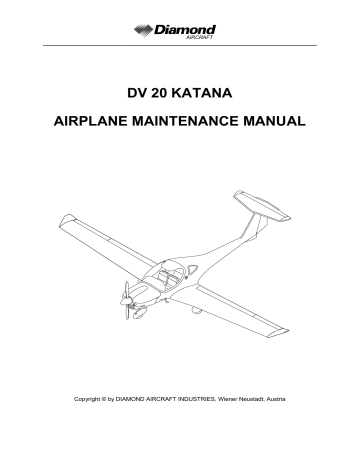
(Exploitation de catégorie IIIC (CAT IIIC)) (Exploitation de catégorie IIIB (CAT IIIB))Ĭategory III (C) "CAT III (C)" operation - A precision instrument approach and landing with no decision height and no runway visual range limitation. (Exploitation de catégorie IIIA (CAT IIIA))Ĭategory III (B) "CAT III (B)" operation - A precision instrument approach and landing with:Ī decision height lower than 50 feet (15 m), or no decision height: andĪ runway visual range less than 600 feet (175 m) but not less than 150 feet (50 m) at each of RVR A, RVR B and RVR C. (Exploitation de catégorie II (CAT II))Ĭategory III (A) "CAT III (A)" operation - A precision instrument approach and landing with:Ī decision height lower than 100 feet (30 m), or no decision height: andĪ runway visual range not less than 600 feet (175 m) at each of RVR A, RVR B and RVR C. (Exploitation de catégorie I (CAT I))Ĭategory II (CAT II) operation - A precision instrument approach and landing with:Ī decision height lower than 200 feet (60 m) but not lower than 100 feet (30 m) Ī runway visual range not less than 1,200 feet (350 m) at RVR A andĪ runway visual range not less than 600 feet (175 m) at RVR B. (Système d'atterrissage automatique)Ĭategory I (CAT I) operation – A precision instrument approach and landing with a decision height not lower than 200 feet (60 m) and with either a visibility of not less than ½ statute mile (800 m) or a runway visual range of not less than 2600 feet (800 m).

(Hauteur d'alerte)Īutomatic landing system – The airborne equipment which provides automatic control of the aeroplane during the approach and landing. POPTS: Private Operator Passenger Transportation StandardĪlert height – An alert height is a height above the runway based on the characteristics of the aeroplane and its fail operational automatic landing system, above which a Category III approach would be discontinued and a missed approach initiated if a failure occurred in one of the redundant parts of the automatic landing system or in the relevant ground equipment. IMC: Instrument Meteolorogical Conditions

IMC: Instrument Meteorological Conditions ICAO: International Civil Aviation Organization

ICA: Instruction for Continuing Airworthiness This publication is enacted for the use of Canadian air operators and private operators conducting, or seeking authority to conduct, Category II and/or III operations.Īny queries regarding the contents of this manual should be referred to the Chief of Certification and Operational Standards (AARTF), Ottawa, Ontario, K1A 0N8.ĪARJ: International Aviation and Technical ProgramsĪARNB: Standards Division of the Aerodromes and Air Navigation BranchĪARP: Aircraft Maintenance and ManufacturingĪTIS: Automatic Terminal Information SystemĭA/DH: Decision Altitude or Decision HeightĮADI: Electronic Attitude Director IndicatorĮHSI: Electronic Horizontal Situation Indicator

TP 1490, Manual of All Weather Operations (Categories II and III), is published by Transport Canada Safety and Security under the authority of the Director General, Civil Aviation by the Director, Standards (AART) in coordination with the Director, Aircraft Certification (AARD). APPENDIX "A": CATEGORY II/ III ILS CRITERIA.4.8 Runway and Pre-Threshold Terrain Profile.


 0 kommentar(er)
0 kommentar(er)
